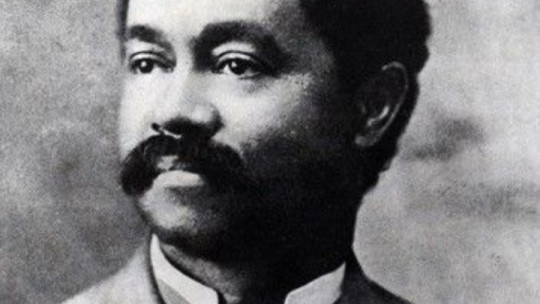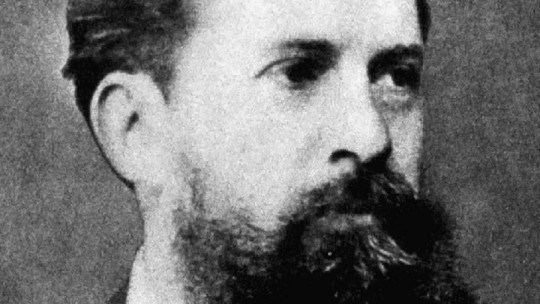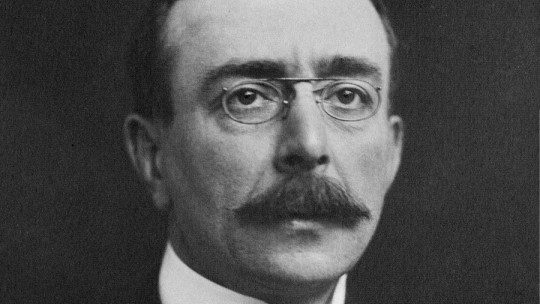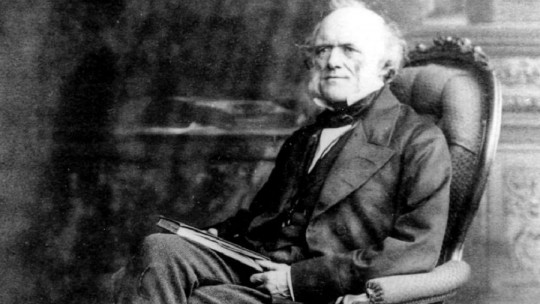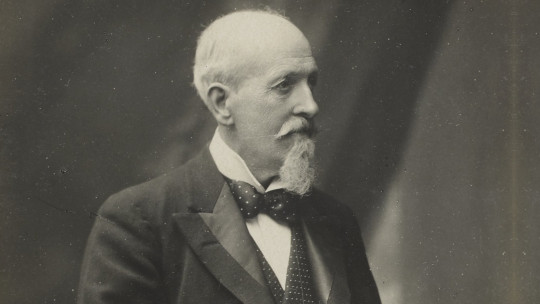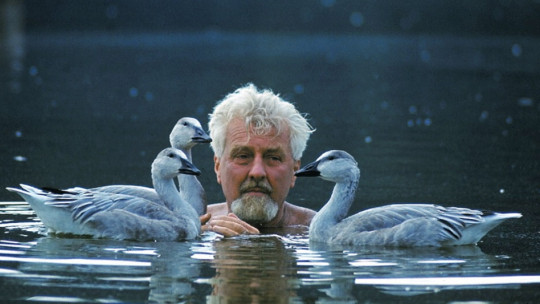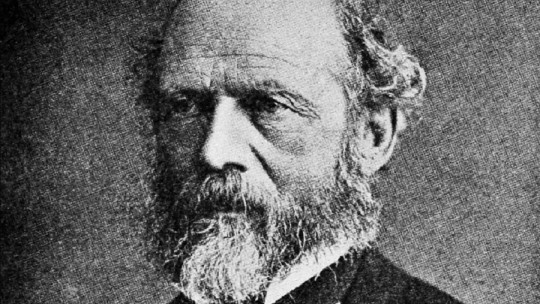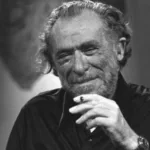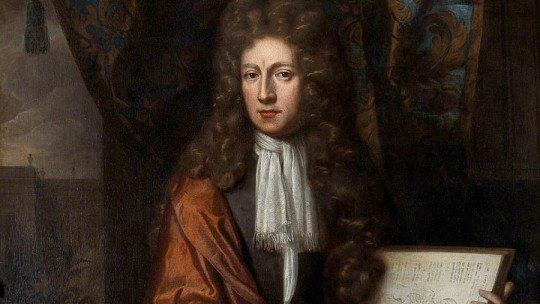Modern zoology could not be understood without the contributions of authors such as Charles Henry Turner. This researcher is one of the main references in the study of animals as we know it today, having specialized in the field of insects.
Through this biography of Charles H. Turner We will be able to take a tour of his life to learn about his training, what were the most important events he faced and what were the main contributions he made in his field of scientific knowledge.
Brief biography of Charles H. Turner
Charles Henry Turner was born in 1867 in the city of Cincinnati , state of Ohio, in the United States. It had only been two years since the Civil War had ended, so Turner’s childhood took place in a post-war setting. His mother, Addie Campbell, was a nurse, while his father, Thomas Turner, worked at the local church, as a custodian.
Charles H. Turner’s schooling took place at Woodard High School, and he also gave the closing speech for his promotion. From there he continued his training at the University of Cincinnati, earning a degree in Biology in 1891. His thesis, on the neuroanatomical development of the brain in birds, was so important that it earned him the opportunity to publish an article in the journal Science one of the most prestigious, being the first African-American person to achieve such an honor.
He worked for a time in the laboratory at that same university and then began his doctorate at Denison, but was unable to finish it because the program was cancelled. He then moved to Clark University, already as a professor, to begin his life as a teacher. In this institution he would come to chair the science department.
During this time, in addition, Charles H. Turner He met what would become his first wife, Lillian Porter Turner who unfortunately would die shortly after, in 1895.
After spending time at this university, he decided to pursue his career as a teacher in secondary education, moving to Cleveland, Tennessee, where he was chosen to direct College Hill High School. However, this stage was brief, as he soon left that job to be able to obtain a professorship in Chemistry and Biology at Haines and at the same time continue with the doctorate that he had previously had to postpone.
It was in 1906 when he managed to complete his doctorate, with a magna cum laude qualification. He was the first African-American person to obtain this degree from the University of Chicago , so his career continued to be that of a pioneer. Right after he married his second wife, Lillian Porter Turner.
He then resumed his profession as a teacher in secondary education, working at the Summer High School, where he would continue working until his retirement in 1922. He was forced to retire early due to his poor health. Charles H. Turner died in 1923, due to heart disease. His body has since rested in Lincoln Cemetery, in the city of Chicago.
Research by Charles H. Turner
Charles H. Turner’s career as a researcher was tremendously prolific. He published more than 70 articles, most of them related to invertebrates , his main field of study, as a zoologist. In them he studied the behavior of animals such as spiders, wasps, bees or ants, among others. Three of these articles were published in the journal Science.
Thanks to the studies carried out by Charles H. Turner, today we know such interesting facts as that cockroaches learn through a system of trial and error, that insects have the ability to listen and discern between different tones of sound or that bees have the ability to distinguish colors and shapes through their eyes.
The most meritorious thing is that Most of these investigations carried out by Charles H. Turner were carried out in parallel to his work as a high school teacher , without therefore having resources assigned for it or a specific laboratory in which to carry out his experiments with a work team in charge, collaborating with him in the studies. The question that must be asked is how far this researcher could have gone if he had had more resources.
His works were so important that he received recognition from different institutions. There are numerous American schools, especially in Missouri, that have taken the name of Charles H. Turner as a tribute to the career of this zoologist. Likewise, Clark University in Atlanta decided to name one of its buildings Tanner-Turner Hall, in memory of one of the best researchers who walked its halls.
The author Michal B. Ross, for his part, decided to compile the working methods used by Charles H. Turner in a volume adapted to children in which The little ones are taught different ways of observing the behavior of insects , thus bringing zoology and ethology closer to the youngest, in an appropriate and understandable language for them. The book is titled “Bug Watching with Charles Henry Turner.”
The intentionality of animals
One of Charles H. Turner’s most notable studies was on the behavior of snakes. Not in vain, he was one of those who managed to publish through the magazine Science, a sample of the impact it would have. Turner explains the specific case of observing a snake while he tries to hunt a large snake and the type of decisions he makes in order to carry out his objective.
Through this study, published more than 100 years ago, Turner discovered the intentionality underlying the snake’s behavior , because after chasing his prey for a while, without success, he changed his strategy. In this case, the lizard had taken refuge in a tree, and was waiting for the snake to wait below. However, the snake decided to climb another nearby tree to surpass the lizard in height and attack from the rear.
Other examples of animal insight were found, for example, in studies with cockroaches , in which they had to solve a maze test. Charles H. Turner noticed that the younger cockroaches solved the maze more quickly, but the older ones, although slower, were more precise when selecting the path they should follow.
Likewise, he studied the case of a wasp that carried prey to its shelter and along the way avoided a series of obstacles that stood in its way. The explanation that Turner found for this behavior is that the wasp was deliberately choosing the path that allowed it to avoid all those obstacles. In this way, the researcher took a position opposite to that of Thorndike, a contemporary author, whose explanation is that said behavior was due to a process of trial and error
Charles supported this thesis with other research; for example, that of an ant that, being trapped on a surface surrounded by water, decided to use a series of materials at its disposal to form a walkway that would allow it to overcome the moat that surrounded it and thus be able to reach solid ground. This is a complex problem whose solution requires reasoning that does not explain the idea of trial and error.
The idea of intentionality in animals, which demonstrated an underlying intelligence, was truly a revolutionary idea for the time However, his work did not have the impact it deserved at that time and many years had to pass for other authors to pick up his legacy and continue these lines of research.
Other discoveries in zoology that Charles Henry Turner pioneered were those that had to do with bees and their ability to orient themselves through references This field is usually assigned to Nikolaas Tinbergen in the 1930s, but Turner had already studied the phenomenon almost three decades earlier. In this case, he noticed this type of behavior when observing a bee next to a bottle cap, near its honeycomb.
By moving the plug, next to an artificial hole, the bee automatically decided to look for its nest in that new area, so it was making it clear that the plug was the element that it was using as a reference to return to its home, beyond continuing. a scent trail or other types of mechanisms.
The list of examples could continue to lengthen, but with those already mentioned we can get an idea of the impressive work of Charles H. Turner and the tremendous legacy that he has left to this day in zoology and other scientific disciplines, such as biology, psychology or ethology.

